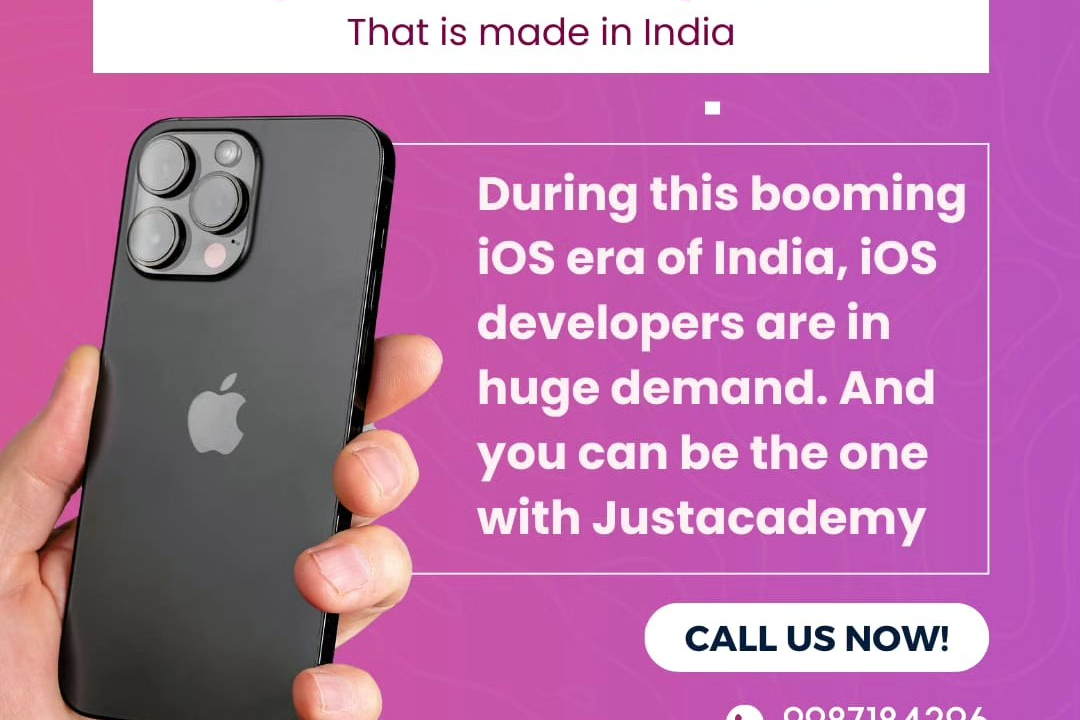Flutter Coding Principles
Essential Principles of Flutter Development
Flutter Coding Principles
Flutter coding principles emphasize a reactive programming model, where the UI is built using a rich set of widgets that respond to changes in application state. Central to Flutter is the concept of “everything is a widget,” meaning all UI components, from buttons to complex layouts, are structured as widgets. This promotes composability and reusability of code. Flutter also advocates for a clear separation of concerns through the use of the Model-View-Controller (MVC) pattern, or other architectural patterns like BLoC or MVVM, which helps manage state efficiently. Additionally, Flutter encourages the use of a declarative style for building UIs, allowing developers to describe how the UI should look based on the current app state, making it easier to maintain and test the code. Emphasizing performance, Flutter also compiles to native code, ensuring smooth and responsive interfaces across platforms.
To Download Our Brochure: https://www.justacademy.co/download-brochure-for-free
Message us for more information: +91 9987184296
1 - Widget based Architecture: Flutter uses a widget based architecture, meaning everything is a widget (layouts, UI components, etc.). Understanding how to compose and nest widgets is fundamental for building applications.
2) Declarative UI: Flutter employs a declarative approach to UI, allowing developers to describe the UI in terms of its current state. Changes in state trigger re renders, making it easier to manage and update the UI.
3) Hot Reload: One of Flutter’s most powerful features, Hot Reload, allows developers to see the impact of their changes in real time without restarting the application, which significantly speeds up the development process.
4) State Management: Proper state management is crucial in Flutter. Developers must choose from various state management solutions like Provider, Riverpod, BLoC, etc., depending on the complexity of the application.
5) Composition over Inheritance: Flutter encourages using widget composition rather than inheritance. Building widgets from smaller, reusable components promotes flexibility and maintainability.
6) Asynchronous Programming: Flutter heavily utilizes asynchronous programming via `Future` and `async/await`. Understanding how to handle asynchronous data is essential for tasks such as API calls.
7) Material Design and Cupertinos: Flutter offers built in widgets for Material Design and Cupertino, allowing developers to create both Android and iOS apps with native styling out of the box.
8) Responsive Design: Designing for various screen sizes and orientations is vital in Flutter. Developers must use MediaQuery and LayoutBuilder to create responsive layouts.
9) Custom Widgets: Flutter allows developers to create custom widgets that encapsulate functionality and style, promoting code reuse and cleaner code.
10) Theming: Flutter supports theming to apply a consistent look across your app using `ThemeData`. Understanding theming and styles helps in creating aesthetically pleasing applications.
11) Navigation and Routing: Flutter’s navigation system allows for complex routing and deep linking. Understanding Navigator, routes, and named routes is essential for managing in app navigation.
12) Error Handling: Robust error handling using try/catch blocks and error boundaries ensures that applications can gracefully handle issues that may arise during execution.
13) Testing: Writing unit tests, widget tests, and integration tests is vital in Flutter to ensure code quality. Flutter provides a rich testing framework to support all levels of testing.
14) Performance Optimization: Flutter encourages developers to optimize performance by avoiding unnecessary rebuilds, using const constructors, and understanding the widget lifecycle.
15) Integration with Native Code: Understanding how to integrate Flutter with native code (Android and iOS) using platform channels is crucial for accessing platform specific features or libraries.
16) Code Organization: Organizing code into folders and following a project structure (like MVC, MVVM, or Clean Architecture) helps maintain a clean and scalable codebase.
17) Community and Resources: Leveraging the vibrant Flutter community through forums, GitHub repositories, and packages on pub.dev can enhance learning and provide accessible solutions for common challenges.
By incorporating these principles into your training program, students can gain a solid understanding of Flutter development, making them well prepared to build high quality applications.
Browse our course links : https://www.justacademy.co/all-courses
To Join our FREE DEMO Session: Click Here
Contact Us for more info:
learn machine learning free
Android Education Nagari
Flutter Training in Ahemedabad
Flutter Training in Nawada
Online Training For Android Eluru











